The annual “Metropolitan Solutions” Conference in Berlin focused on smart cities this year and I visited some discussions and the exhibition of companies and initiatives involved in making cities smart.
What are smart cities?
Smart Cities are a big trend in urban planning and have been for the past few years. What are smart cities, though? It is a very vague concept that is not quite polished yet.
One potential definition reads “the combination of energy, mobility, and Information and Communication Technologies development into urban development”, while the UK Government says smart cities “bring together hard infrastructure, social capital including local skills and community institutions, and (digital) technologies to fuel sustainable economic development (…).”
In short, smart cities are about using technology for the benefit of a better functioning city with access to all kinds of data to improve (mainly) the economic, political and environmental performance of cities.
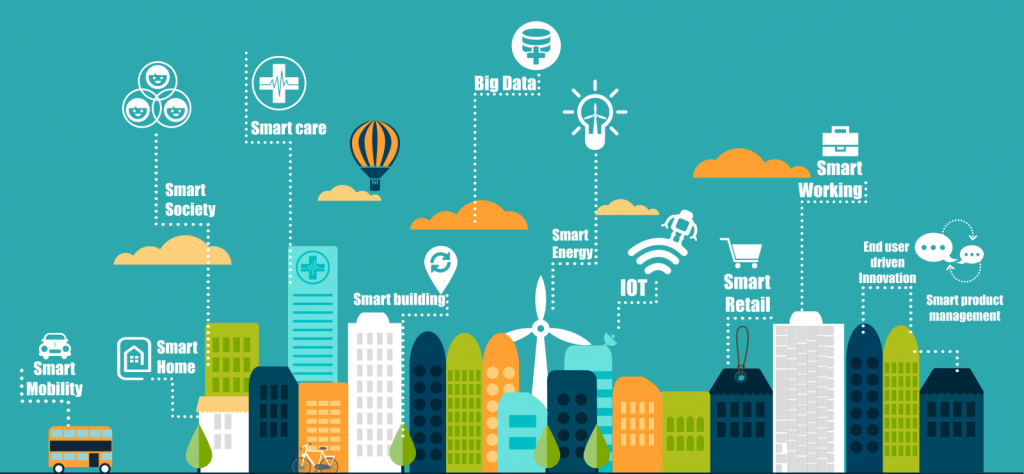
It is important to understand that there is no 100% smart city in the world, but most cities already have some smart systems like traffic surveillance, public transportation mobile apps with real time information, air quality monitors etc. in place. Rio de Janeiro is one of the first cities to combine all this in a city operations centre, where roads, electricity, traffic, air quality, etc. are monitored centrally.
A critical perspective
The Sociology Professor Robert G. Hollands wrote a great paper on smart cities. He says that “Effectively, a smart city is made up of IT devices, industry and business, governance and urban services, neighbourhoods, housing and people, education, buildings, lifestyle, transport and the environment. Because it is made up of such a diverse range of things, the smart city idea can inadvertently bring together different aspects of urban life that do not necessarily belong together, hiding some things and bringing others to the ideological fore.”
Hollands criticises many aspects of the utopian idea that making a city “smart” can solve urban problems. He calls for using technology to realise progressive ideas instead of focusing on the technology as a means to an end in itself. Or, to put it differently, it is more urgent to provide basic infrastructure and human rights than having information on how many parking spots are left close to you. Participatory urban technologies are necessary to foster greater social and economic inclusion, thus providing a smart city that is more liveable for everyone.
Big corporations like Siemens, Samsung, Amazon etc. have their own interests in smart cities, which urban planners need to be wary of. In the end, it should be about cities for people, not about cities for profit. Other challenges for smart cities include privacy/what to do with big data and the digital divide, meaning that in many cities not everybody has access to digital services. Smart cities are usually only beneficial for a certain group of people who have access to devices, technical understanding and a minimum age. Many smart city approaches, like the ideal of having a city operations centre, come from the top down and citizens have no say in it. This means that there is also a danger of power abuse and the question of ownership – not only of the city itself, but also of the data generated by smart technologies and crowdsourcing.
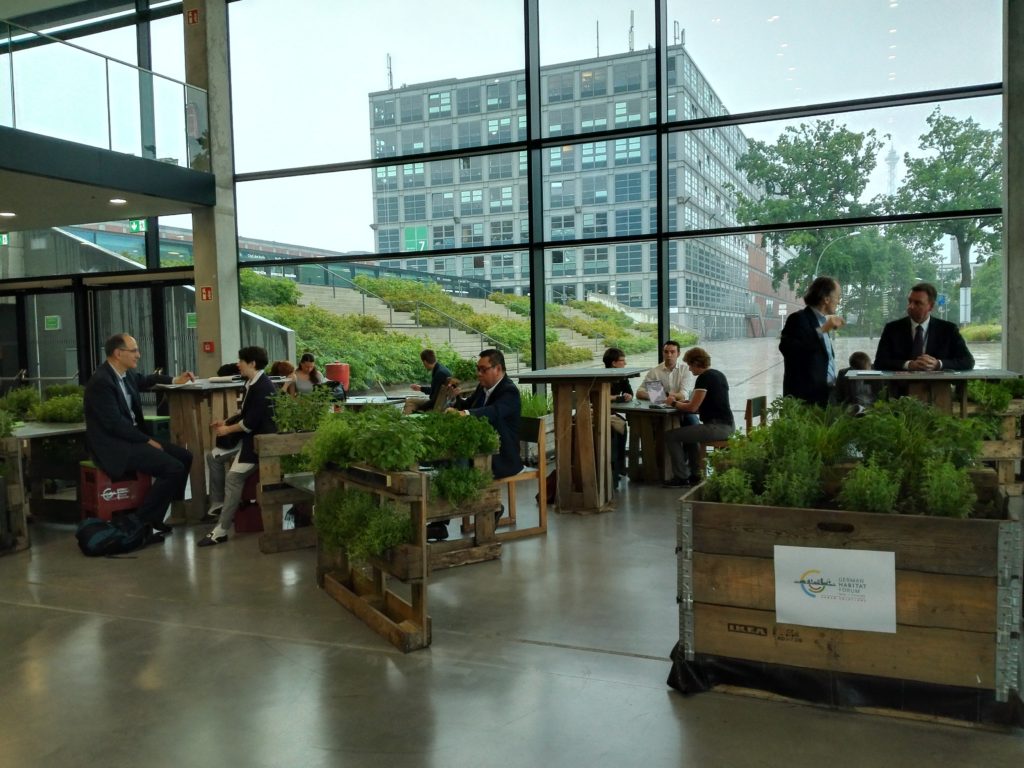
The Metropolitan Solutions conference actually consisted of a lot of smaller gatherings and conferences with diverse topics. For example, the famous economist Jeffrey Sachs gave a keynote speech, talking about his vision for the next 20 years of urban development (see this article on the New Urban Agenda to be developed at HABITAT III): While technological challenges include energy (all-electric and Zero Emissions Cities), smart cities, sharing economy, denser and more walkable cities and e-governance + e-commerce, political challenges are the financing of future cities and achieving urban resilience (all port cities are massively threatened by ocean level rises).
One popular example for a metropolitan solution is the “metrocable”, a gondola lift system to connect suburban to central areas (for example in Rio de Janeiro, Sucre, Mexico City or Bogotá, but also in cities outside of South America such as Ankara).
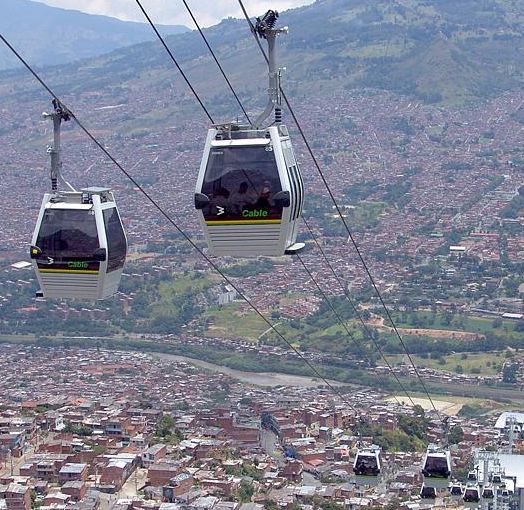
Examples for smart city infrastructure
Many metropolitan solutions like the cable lifts are creative, but don’t fall under definition of smart city technologies. This conference focused on smart technologies which are perceived as the future solutions for metropolises and cities in general (although it is dangerous to focus on these often utopian ideas and forgetting about great solutions like the lifts).
There are probably more smart city elements around you than you know. I recently discovered this bicycle counting device in a German town:
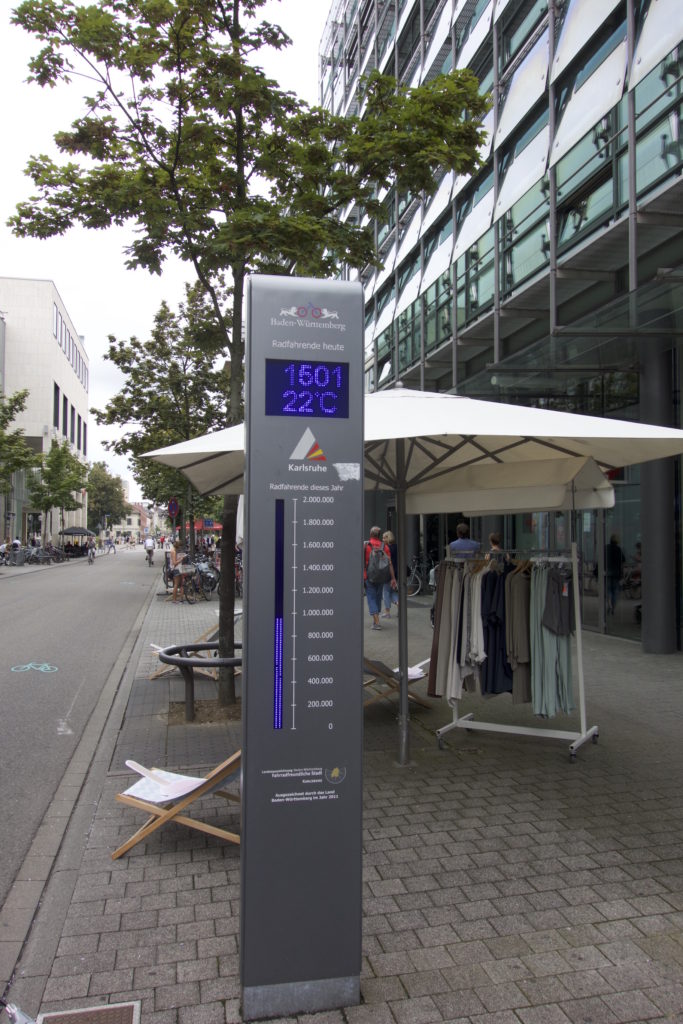
Many other data such as air quality, public transportation punctuality, traffic jams etc. are recorded in most cities using sensors.
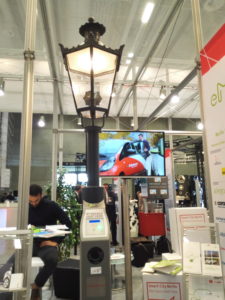
A current trend in the EU are so-called “Humble Lampposts” that combine smart lighting with integrated multi-functional infrastructure. They can monitor for air quality, provide traffic lights with information on current traffic flow, improve parking management and even provide Wi-Fi. Most of today’s streetlights are very old and not energy efficient at all (often accounting for at least a third of local government energy bills!), so replacing them makes sense for many cities. The EU advertises their lampposts as a “practical way for cities to kick off their smart city journey” (read more here).
By now, whole cities, including for example Amsterdam, Cape Town, Seattle, New Delhi and many others are committed to becoming smart.
Smart Jakarta
 One example is Jakarta with its initiative “Smart Jakarta”, launched in 2014. There is a Jakarta Smart City website (smartcity.jakarta.go.id) and several smartphone applications. All of these work withGoogle Maps to provide information about traffic and incidents such as flood, crime, fire, or waste. Citizens can report anything they notice and the nearest civil servant or official will be notified immediately. The website also has a lot of information on locations of schools, health centres, restaurants, etc. The government thus intends to facilitate communication between
One example is Jakarta with its initiative “Smart Jakarta”, launched in 2014. There is a Jakarta Smart City website (smartcity.jakarta.go.id) and several smartphone applications. All of these work withGoogle Maps to provide information about traffic and incidents such as flood, crime, fire, or waste. Citizens can report anything they notice and the nearest civil servant or official will be notified immediately. The website also has a lot of information on locations of schools, health centres, restaurants, etc. The government thus intends to facilitate communication between
citizens and city officials (read more).
India’s 100 Smart Cities Challenge
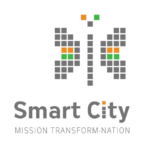 India has committed itself to the “100 Smart Cities Challenge”. 100 cities will receive funding from India’s Ministry of Housing and Urban Poverty Alleviation and Bloomberg Philanthropies in a competitive environment. Opinions are very mixed. One of the most interesting articles I read is about the Indian city Ajmer: Ajmer: the ancient Indian metropolis chosen to be a ‘smart city’ where residents would just be happy to have power and running water.
India has committed itself to the “100 Smart Cities Challenge”. 100 cities will receive funding from India’s Ministry of Housing and Urban Poverty Alleviation and Bloomberg Philanthropies in a competitive environment. Opinions are very mixed. One of the most interesting articles I read is about the Indian city Ajmer: Ajmer: the ancient Indian metropolis chosen to be a ‘smart city’ where residents would just be happy to have power and running water.
Songdo: smart technologies combined with selected metropolitan solutions
Another example from Asia is the South Korean city of Songdo, which was built from scratch to become a smart city and make optimum use of the latest technologies. It is located 40 km away from the capital Seoul and is already attracting inhabitants of the metropolis. All houses have smart systems with which citizens can monitor expenditures like heating or warm water or even remote-start their washing machines. Total broadband coverage is given and traffic is monitored strictly. Apart from these smart applications, Songdo has also taken great ideas from other cities, such as a performing arts centre (Sydney), a central park (New York) or a canal system with water taxis (Venice) – metropolitan solutions! Energy is mostly created from biomass, using household waste that is sucked from individual kitchens to underground processing facilities. Housing is mainly in sky scrapers to create a dense city where everything is within walking distance.
This video (interestingly uploaded by the technology giant Cisco) shows the vision that has become reality. However, it seems that Songdo is a city for the rich who can afford its many luxuries. The city is not “full” yet, there are many empty apartments and the creative and vibrant side of Songdo, its own culture, has yet to develop.
In general, smart cities are becoming more and more popular in Asia, where there is a lot of enthusiasm for this technological approach to urban planning. European countries and the USA are not building new cities, but are implementing smart technologies into existing cities, whereas in Australia there are also a lot of projects, like building a new smart city (Aura) from scratch. Latin and South American cities seem to focus more on metropolitan solutions (very successfully), while the hype of “AfroSmart Cities” is only just starting.
Smart citizens instead of smart cities?
However, I feel that what concerns most citizens is the liveability of their cities instead of its smartness. It is great to be able to combine the two, but as someone from ICLEI rightly pointed out, it’s more about smart citizens than about smart cities. Educating citizens and empowering them to give input (while using smart technologies) is key. For civic engagement to work with smart technologies, simple and relevant causes are necessary, understanding that there are many different versions of a liveable city, that social issues play a very big role and creating indicators for smart cities in dialogue with citizens is very important. Like Hollands pointed out, the smaller projects are more interesting from a people-centred view of smart cities and will probably achieve more in the way of participatory urban development. Read this related article:
An example from Europe is the website smarticipate, where citizens have access to the same information as their local governments. This open data projects empowers citizens to give input on public services and solutions to urban problems.

Currently, London, Rome, and Hamburg are taking part in smarticipate as pilot cities. Hamburg is gathering ideas on locations for new playgrounds or the planting of new trees, while London is experimenting with participatory budgeting. Rome is focusing on urban regeneration, involving its citizens in finding new uses for abandoned spaces.
Other examples include Brickstarter, Face Your World, or 596 Acres Brooklyn. All of them focus on the community and are prime examples for bottom-up smart initiatives, ranging from advocating for land access to providing new interfaces between citizens and institutions.
Conclusion
To create liveable, participatory, inclusive and sustainable cities, smart technologies and strategies can be supportive if used in collaboration with citizens and not just in collaboration with big companies. It is important to adapt smart city strategies to each city and use it to the citizens’ benefits instead of getting uniform solutions by big technology companies. While highly industrialised states like Germany benefit from projects like intelligent lampposts, cities in other countries have completely different issues they want to tackle.
Sadly, the Metropolitan Solutions conference was mostly showing a lack of people-centred ideas for metropolitan solutions. It was all about technologies and making profit out of smart ideas, but the inclusion of all citizens in the process is not accounted for, even though both governments and citizens could profit a lot from mutual learning and discussing.
However, there are some interesting creative solutions and smart apps out there, often based on crowdfunding and crowdsourcing and a participatory process. They are steps towards the vague utopia of a “smart city”.
What do you think? Please share your thoughts and ideas in the comment section below and don’t hesitate to contact me (laura@parcitypatory.org).



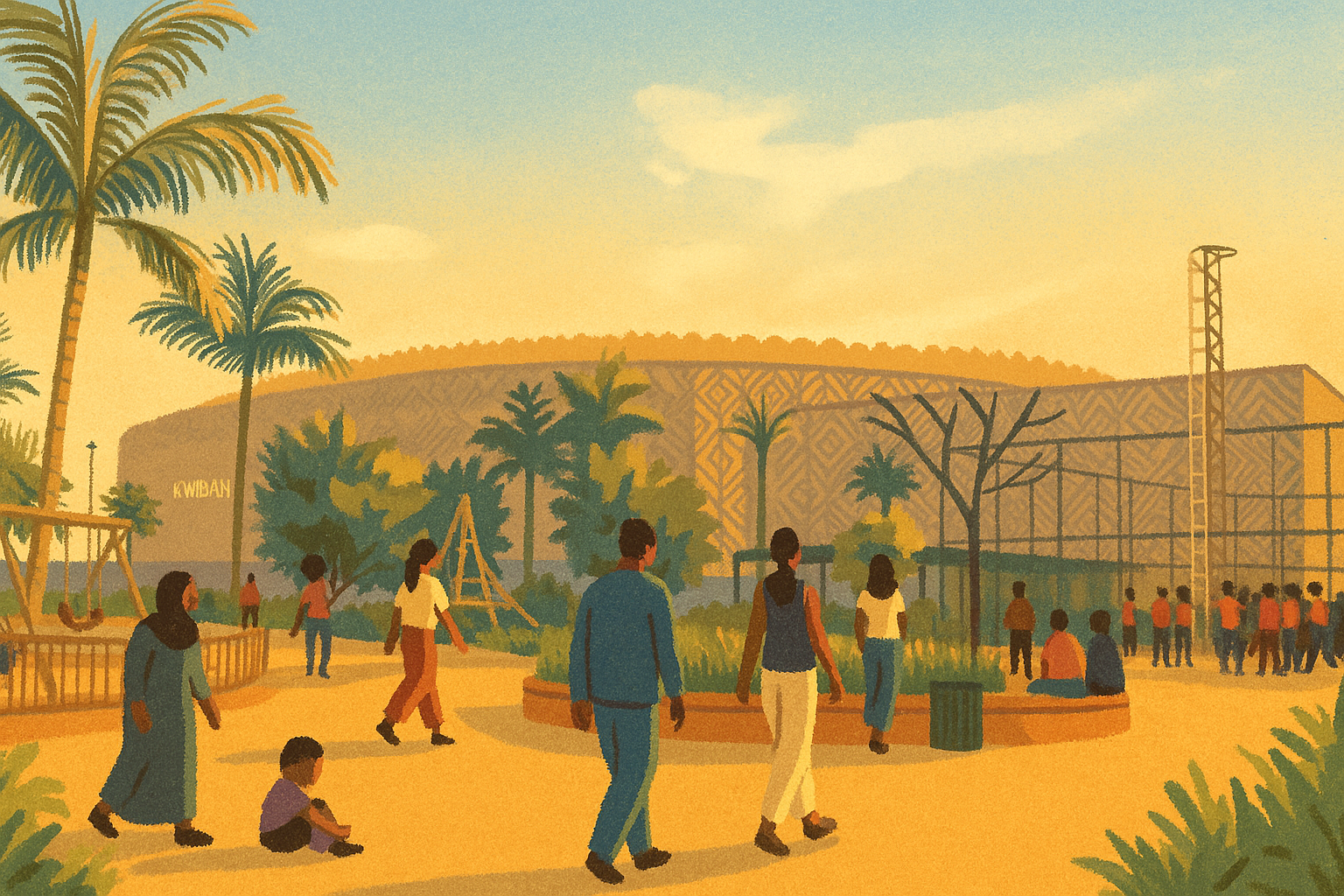
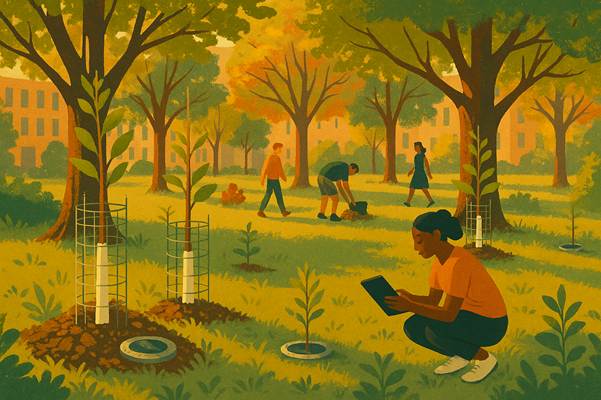
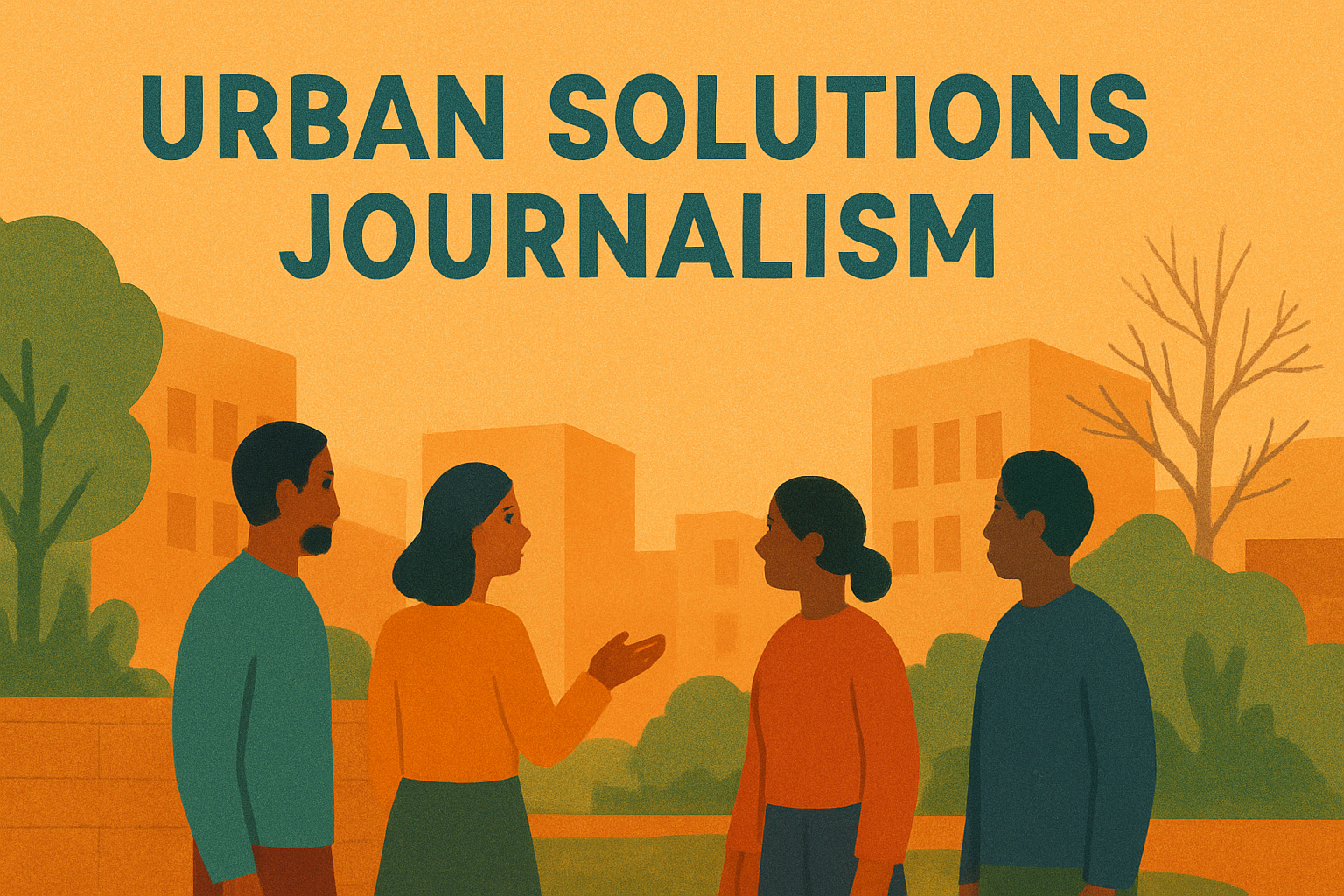


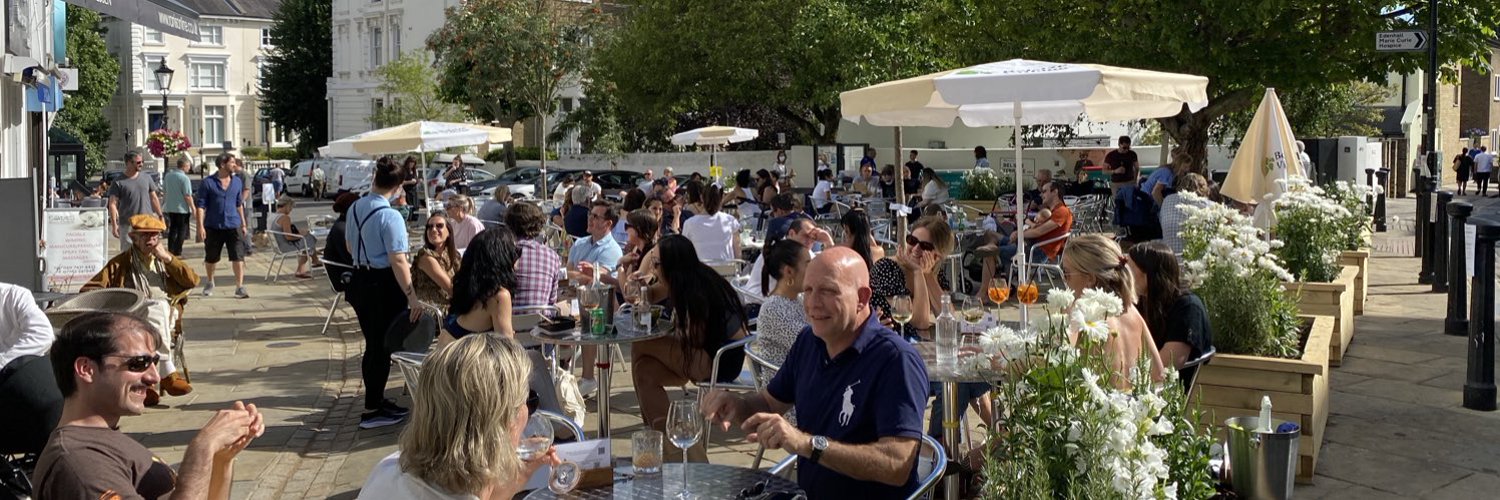
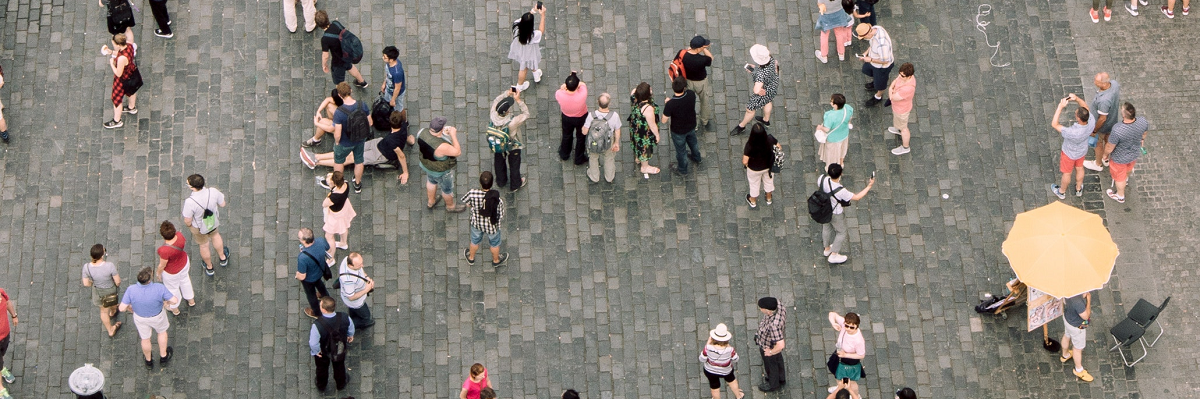

2 Responses
I really like what you said about smart cities needing to be people-centered. In the end it’s the people who choose whether or not and how they use smart city technology. If I ever live in a smart city I will be more apt to utilize the technology I’m given if I actually want to use it and if it is useful to me.
Thank you for your comment! Maybe your city has some smart features already, many cities do even if they don’t advertise it a lot. I hope you will be able to find out and utilise the technology well 🙂 Best of luck, Laura.